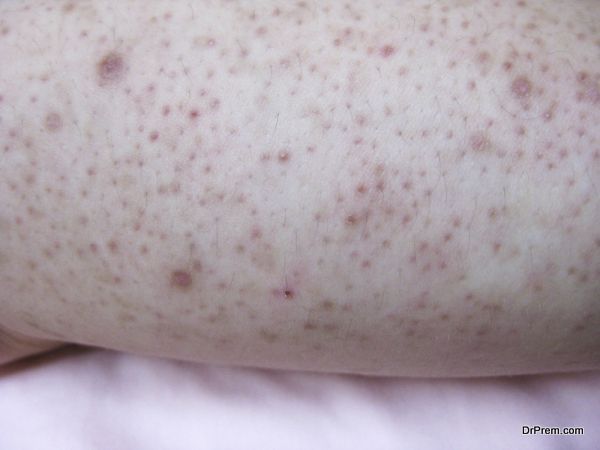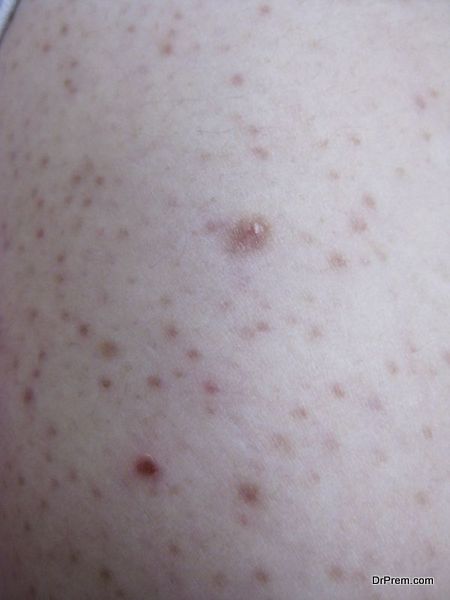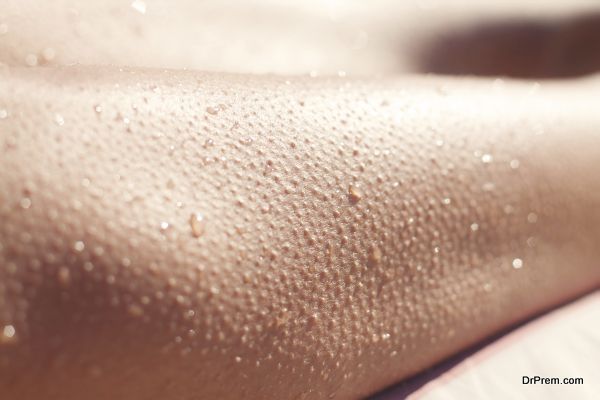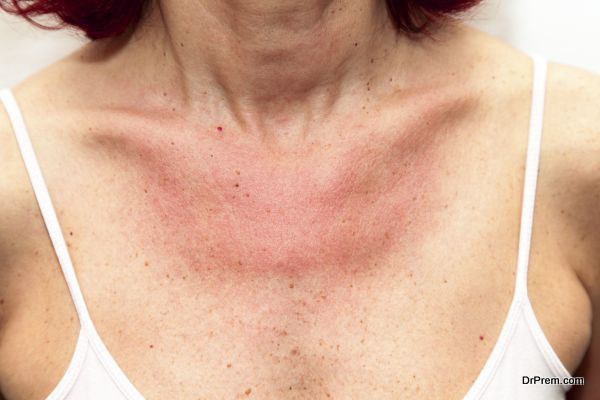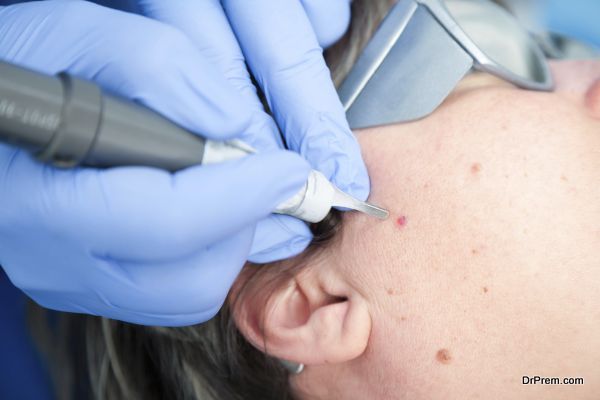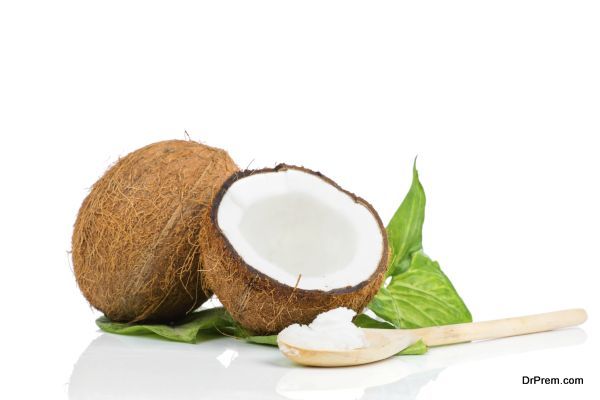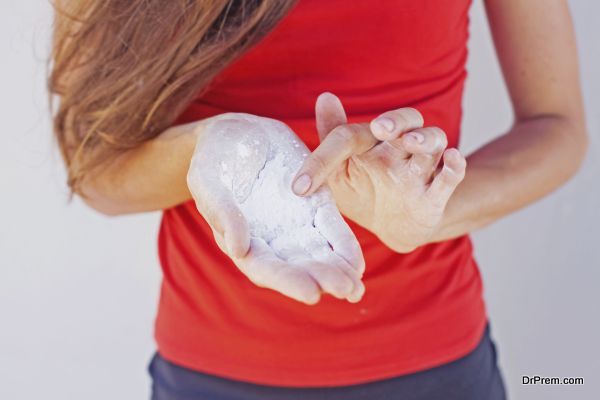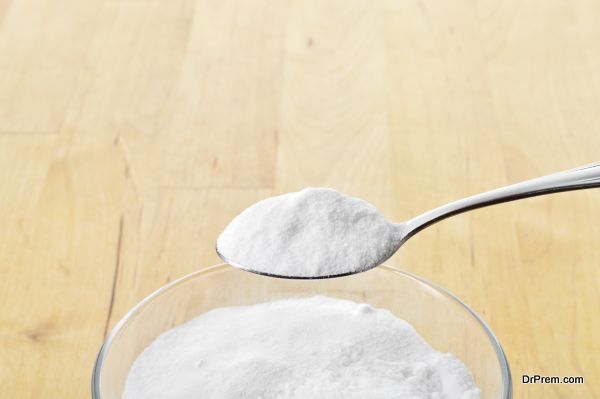Keratosis Pilaris is a disorder of the skin that causes the formation of acne like bumps and rough patches on the skin surface. These bumps and patches are reddish or white in color, and usually occur near the cheeks, arms, thighs and buttocks. Although not a serious condition, keratosis pilaris can be frustrating condition to handle, thanks to its annoying symptoms. Take a look at the common causes for the condition and its symptoms as well as the numerous ways in which you can treat it effectively.
Common Causes for Keratosis Pilaris
The main cause for keratosis pilaris is the buildup of extra keratin on the skin. This normally occurring protein protects the skin from infections and harmful substances. Keratin is actually the scaly plug that covers the hair follicle’s opening. Too much of keratin in the skin can lead to the patchy look. The production of extra keratin can be due to a genetic disease or a skin condition like atopic dermatitis. People with dry skin are more prone to the condition.
Common Symptoms of Keratosis Pilaris
The more common symptoms of keratosis pilaris include the appearance of reddish white bumps on the skin surface, dry, rough and itchy skin, inflamed bumps and in the worst case scenario, scarring.
Common Facts about Keratosis Pilaris
Some of the more common facts of keratosis pilaris include:
- The condition is common in both adults and children.
- The bumps usually resemble goosebumps or gooseflesh.
- The condition is not curable. However, it can become less noticeable with age.
- Treatment of keratosis pilaris will require regular maintenance therapy with the help of lubricants, gels and lactic acids.
Treatment Options for Keratosis Pilaris
These are the treatment options usually available for keratosis pilaris.
- Topical Retinoids
Retinoids are chemical compounds that are related to Vitamin A. Topical retinoids are often prescribed for keratosis as they help control the formation of additional skin plugs, thus curbing keratosis pilaris and its symptoms to an extent.
- Laser Treatment
Severe cases of keratosis pilaris may sometimes need to be controlled with laser treatment. This treatment is recommended only in cases where the redness and inflammation are severe, and if other forms of treatment are not responsive.
Home Remedies for Keratosis Pilaris
In addition to these treatments, one can opt for certain home remedies that can help curb the symptoms of keratosis pilaris. These include:
- Strawberries
Strawberries have soothing effects on the skin and bring down the bumps on the skin surface effectively. Simply slathering some fresh strawberry paste on the irritated area for about 15 minutes every day can offer relief from the symptoms of the condition.
- Coconut Oil
Like strawberries, coconut oil has soothing properties that help treat a number of skin ailments, including keratosis pilaris. Simply rub some coconut oil on the skin. Allow it to soak in for about 20 minutes. Repeat this remedy at least thrice every day to get relief from the condition.
- Tea Tree Oil
This essential oil is known to treat keratosis pilaris effectively. All you need to do is mix a few drops of tea tree oil with a dollop of your moisturizing lotion. Apply this mix on the skin and rub it in nicely. Do this every day for desirable results.
- Baby Powder
Applying a small amount of baby powder on the bumps and rashes can clear them away in no time at all. Simply apply the baby powder on the portion of skin you plan to shave 10 minutes before doing so. This will help reduce the occurrence of bumps afterwards as well as treat ingrown hairs effectively.
- Baking Soda
Baking soda is a great exfoliant for keratosis pilaris. Make a paste with baking soda and water. Apply this paste on the skin and massage gently for about 5 minutes. Do this daily to keep those skin patches away. Apply moisturizer afterwards for best results.
- Aloe Vera
The soothing properties of Aloe Vera can help soothe the irritation and inflammation caused by keratosis pilaris. Its nourishing properties can also help moisturize the skin and prevent it from drying up. Applying pure Aloe Vera gel directly on the bumps can definitely help reduce them as well as the itchiness and irritation that come with them.
Keratosis pilaris is a skin condition that causes the formation of scaly patches on the skin surface. With proper care, this non-curable condition can be controlled to an extent.


